David, an adult from Melbourne, suffered a stroke that affected his left side. As a result, he experienced difficulty controlling his left lower limb and had trouble with toe clearance during his gait.
His ultimate goals were independence, the ability to get in and out of his car more safely, and better overall stability on his feet.
He was also looking forward to riding his bicycle.
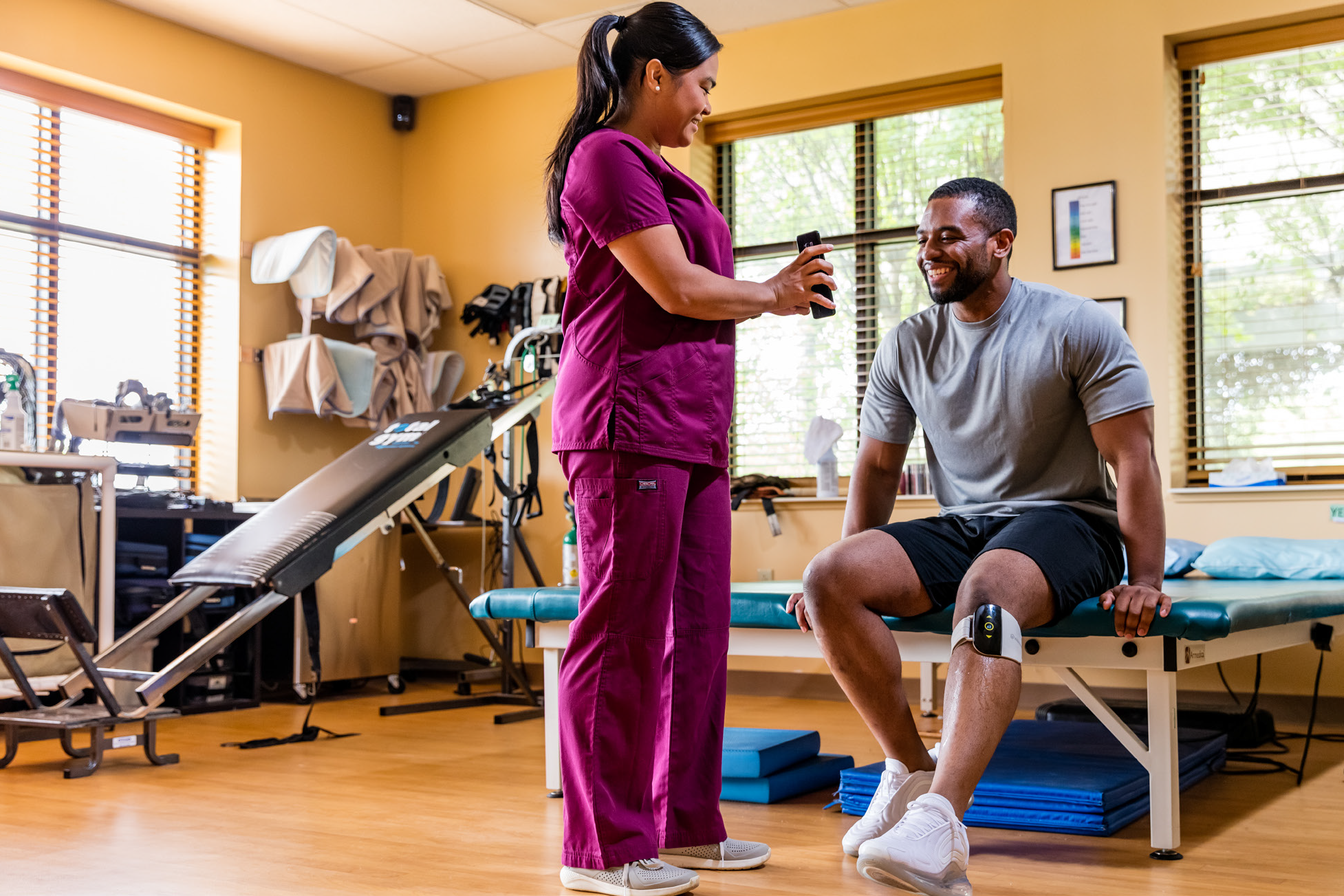
Assessment & Orthoses Prescription
Historically, the patient wore an Ankle Foot Orthoses, which was suitable for a number of years.
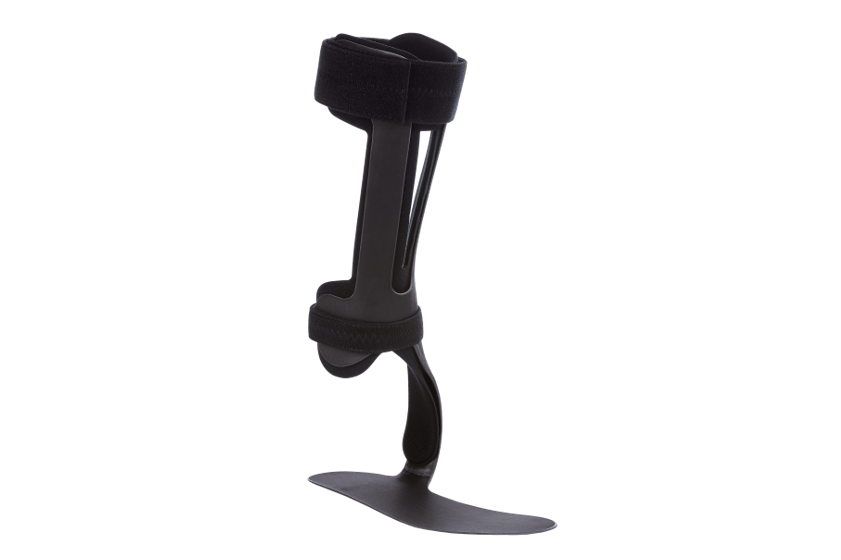
Due to the changes in his symptoms, David wished to explore new options with consideration to the advancements in Assistive Technology.
After reviewing his history and condition, we determined that the next step was to consider a Functional Electrical Stimulation device.
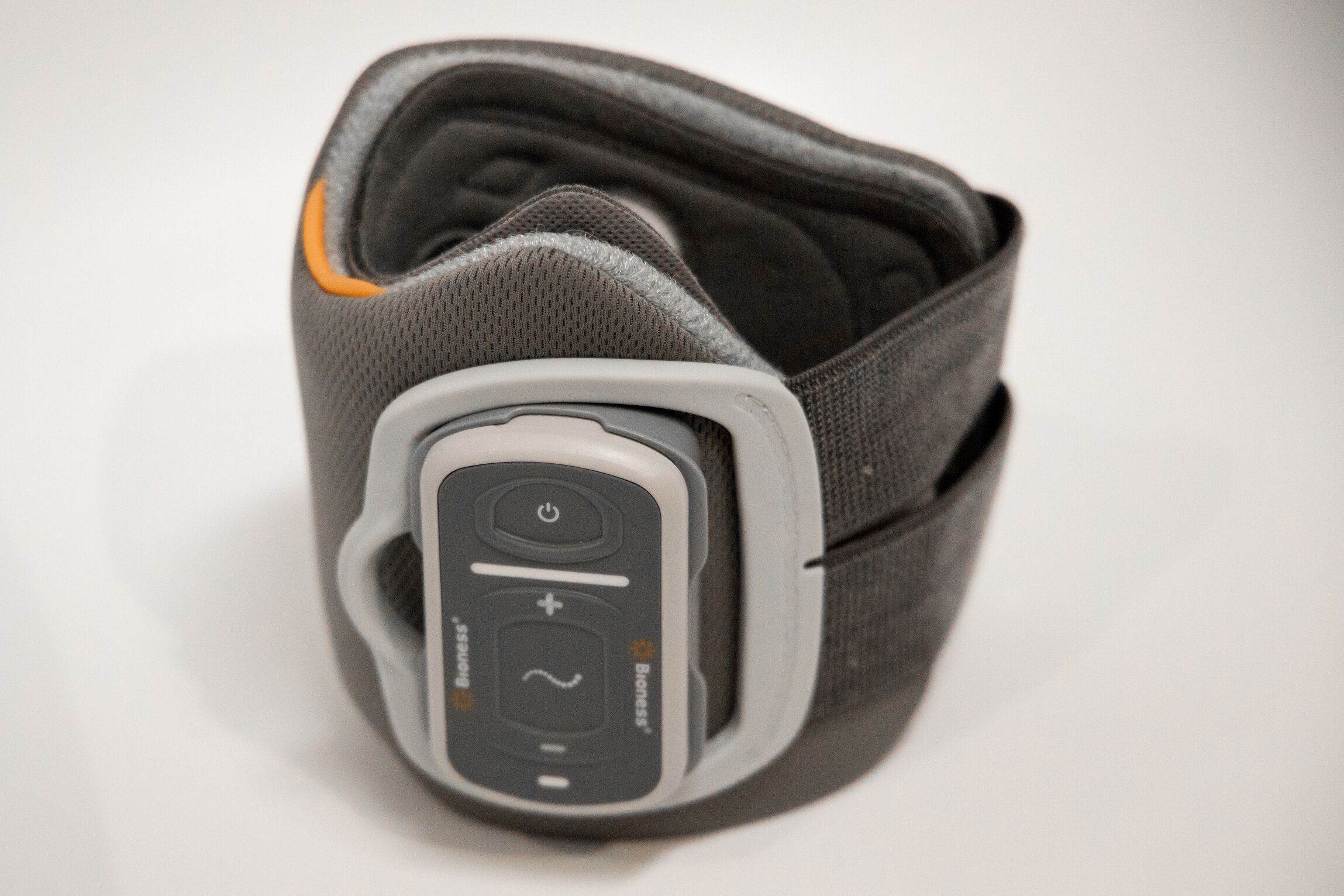
During David’s initial visit, we trialled an FES device.
Almost instantly, he experienced better toe clearance, better foot posture and a more symmetrical gait. Everyone responds differently to FES devices, but for this patient, it proved to be highly appropriate.
Device Setup
After the FES was delivered to Orthotics Plus, we set it up using the required software.
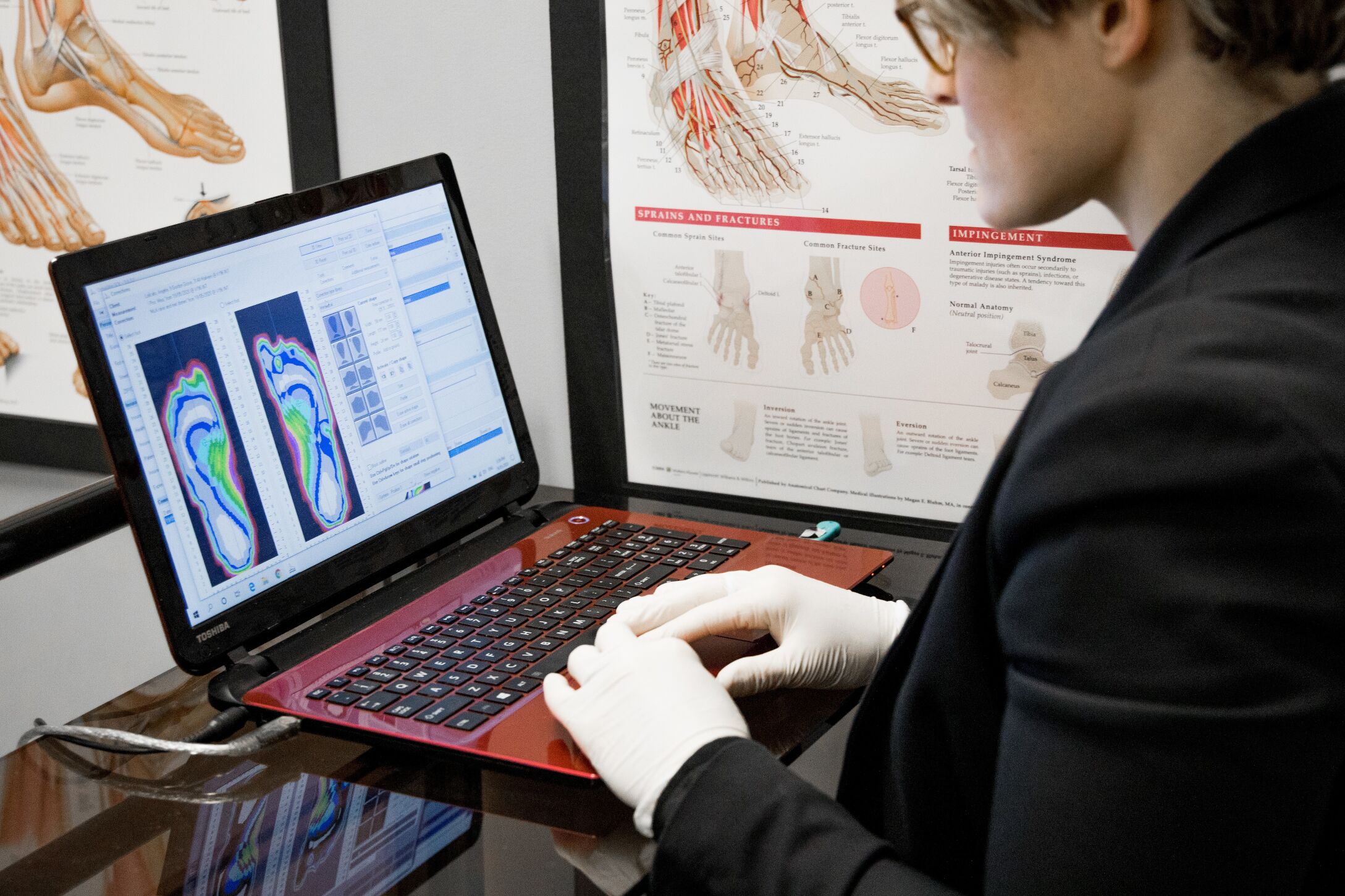
David also downloaded an app on his iPhone, and we showed him how he could program and control the device right from the palm of his hand.
For us, our primary concern was finding the right balance for control and tolerance.
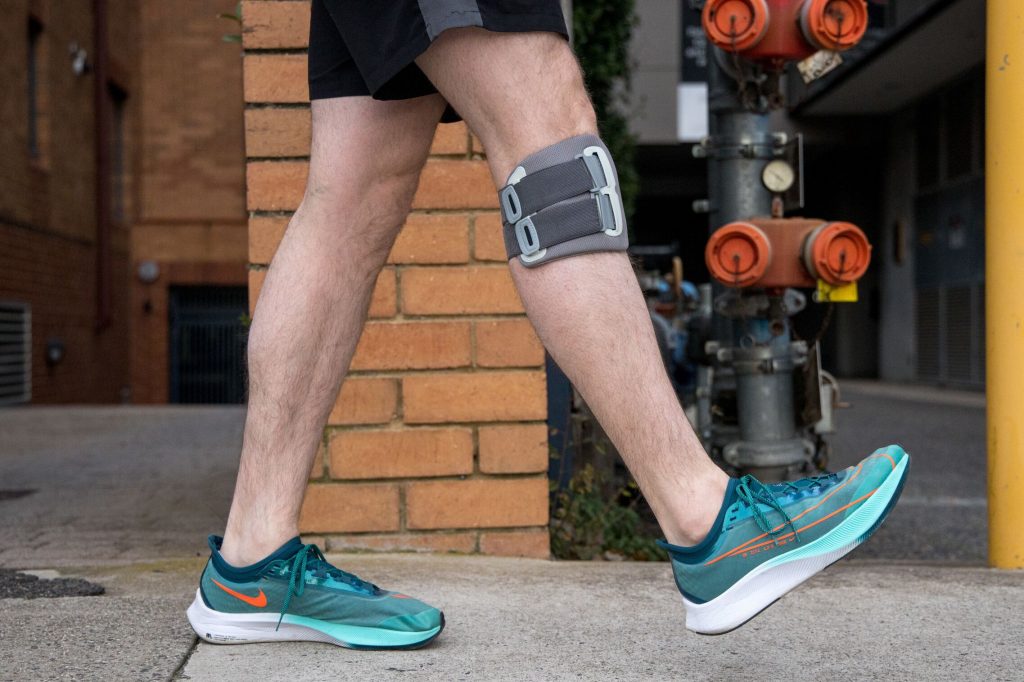
By appropriately programming the stimulation intensity of the FES, we’re able to better control the stages of the gait cycle when it engages.
Ideally, we’re looking for a natural heel-down motion when the foot contacts the ground and an optimal balance between tibialis anterior and peroneal activation for natural dorsiflexion without the foot turning outwards excessively.
The majority of these settings are programmed by our Orthotist using administrative settings which are not available to the patient.
NDIS Funding
Once we determined that a clinical trial would be suitable, we put in a request to the NDIA to fund a three-month trial to allow the patient to take the FES device home and see how it fits in with his lifestyle and meaningful goals.

After the three months, we re-assessed the patient and his progress.
The patient’s feedback was
- An improved sense of safety through lower limb stability and reduced risk of falls
- Greater capacity to walk further
- Improved confidence and self esteem
- Improved capacity to access the community and social settings
- Better ability to sense where his leg
- Improved muscle strength in the front of his leg
The FES is a relatively high cost piece of equipment.
This trial indicated that it was reasonable and necessary and we then submitted an Assistive Technology Request Form.
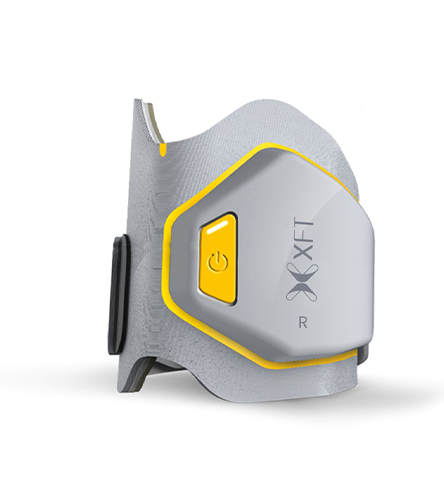
The FES was approved for the patient and the NDIA funded 100% of the costs.
How FES Supports Rehabilitation
Typically, FES wearers cannot consciously stimulate their muscles enough for natural gait.
The FES allows patients to engage their muscles.
This is beneficial because it can result in a degree of muscle growth as opposed to atrophy from infrequent use.

Additionally, gait correction and having a stimulus input helps to support neuroplasticity (brain adaptation), which allows the person to rehabilitate while they’re performing ordinary day-to-day activities using their leg.
This therapeutic effect remains when the FES isn’t being worn and has positive, long-term benefits, helping the patient prevent joint stiffness while also promoting blood flow circulation and overall muscle strength, to name a few.
Long-term Success
After wearing the device for six months, David reported that the FES was life changing for him.
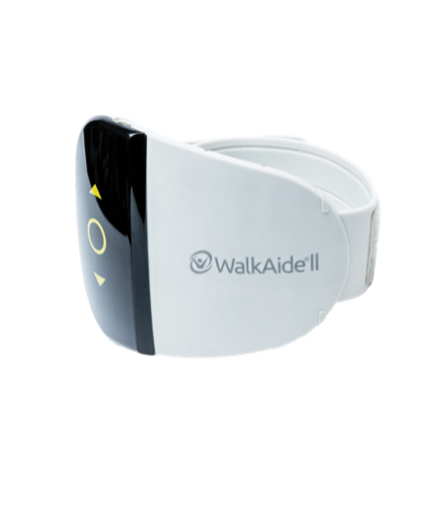
The challenges he faced with previous devices (skin irritation, discomfort, etc) were no longer relevant, and he was comfortable wearing this device every day.
He said it was a game-changer. That’s what we’re going for!
Follow-up Visits
Patients will generally wear a FES for a long term, or permanent period.
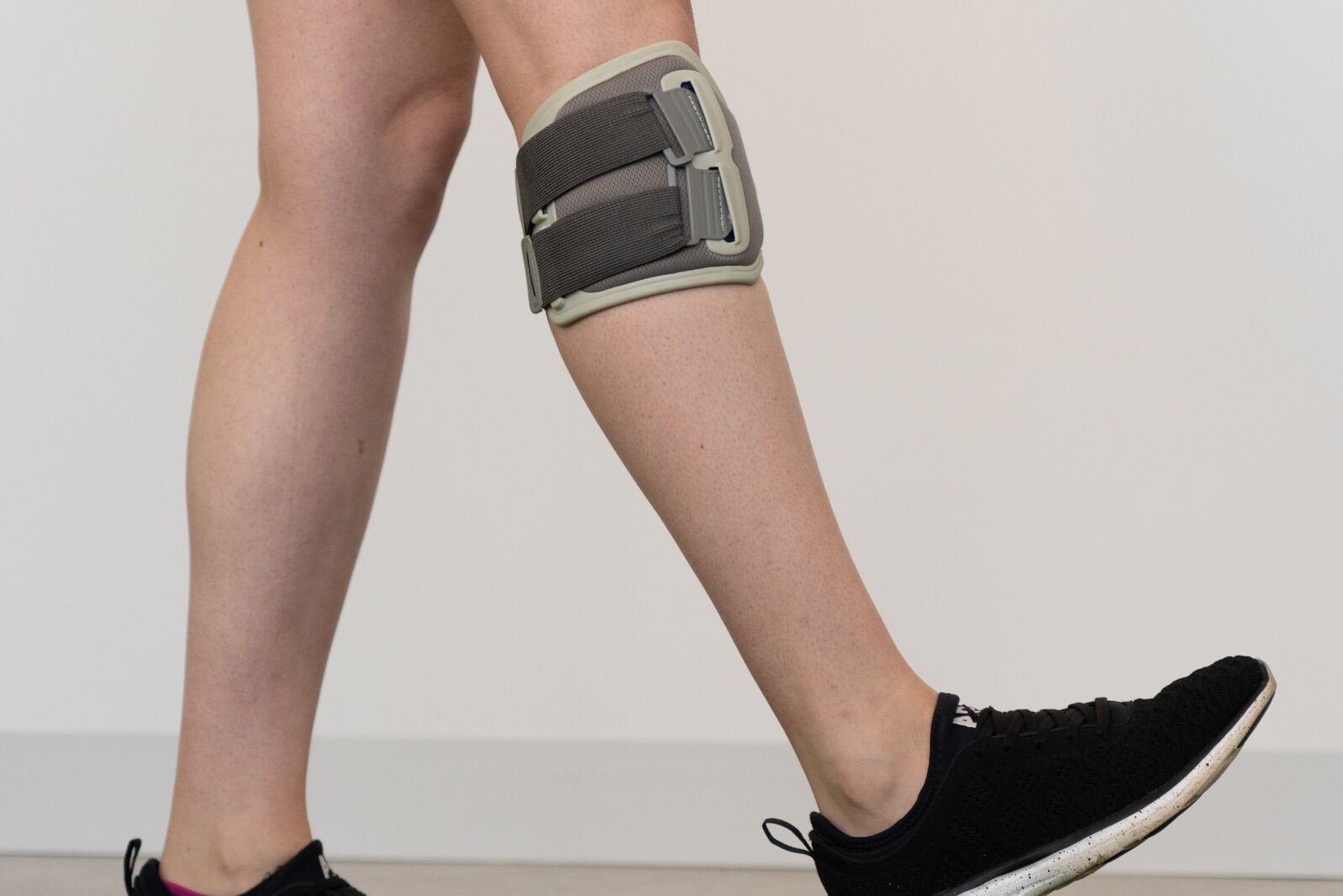
With such continuous use, we scheduled appropriate follow-up appointments including:
- Annual reviews, patient feedback
- Device maintenance, which is replacing the electrodes
Over time, our team will also consider alternative options and new technology.
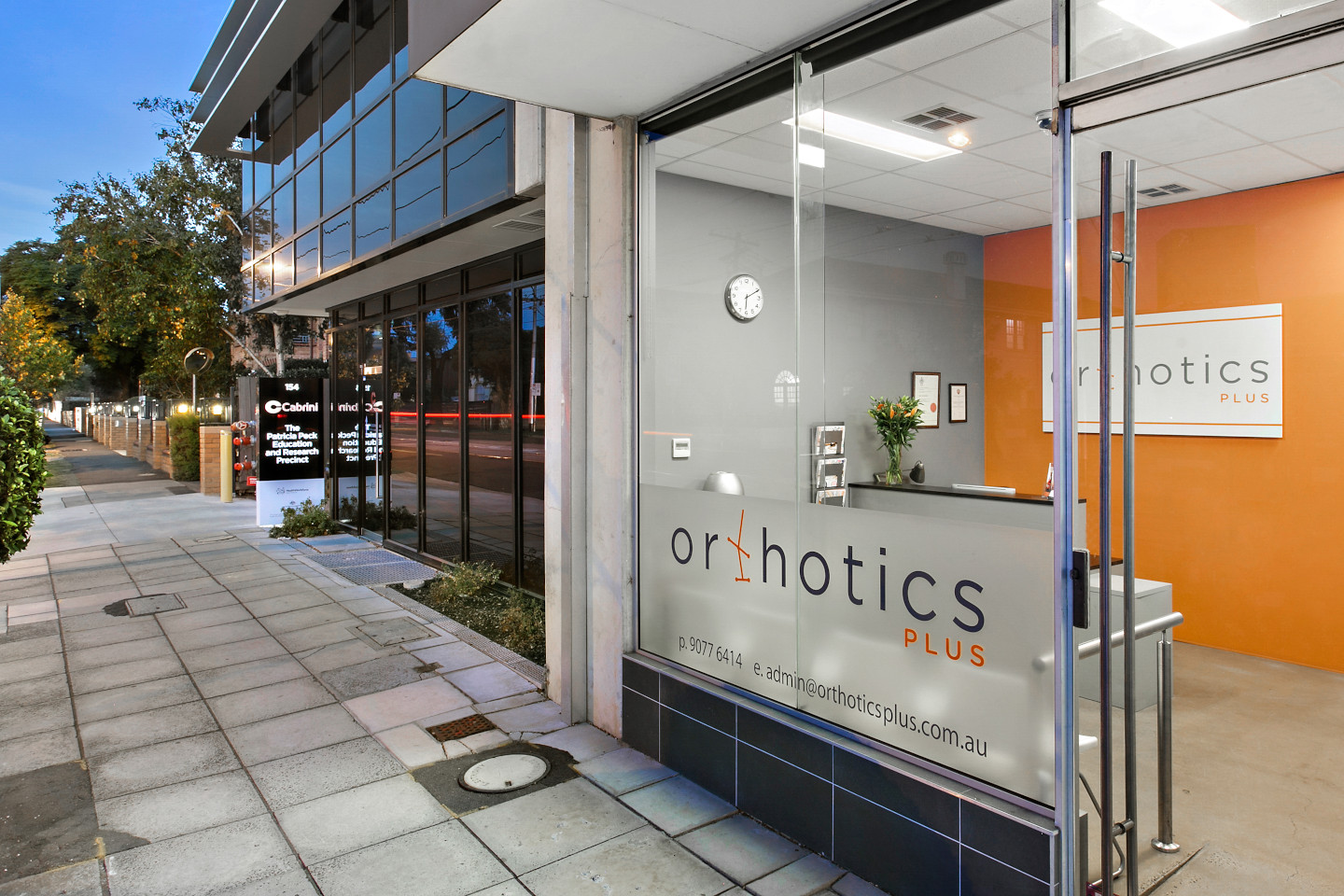
While nothing may change over the course of a year or two, it’s possible that our patients may benefit from a different device in the coming years as new products are tested and released.
Orthotics Plus – Our Thoughts
This experience helping David adjust to a FES reinforced the notion of just how life-changing the right device is for some patients.
It allowed him to become more independent and achieve the goals he set out when we first met.

At Orthotics Plus, we work with patients individually to understand their concerns and explain the potential positives and negatives about each device to be sure we choose the best possible solution.
This case was a great reminder for us to remain current with all new (and soon to be released) technology so that our patients have the very best experience of receiving the equipment that is clinically appropriate.
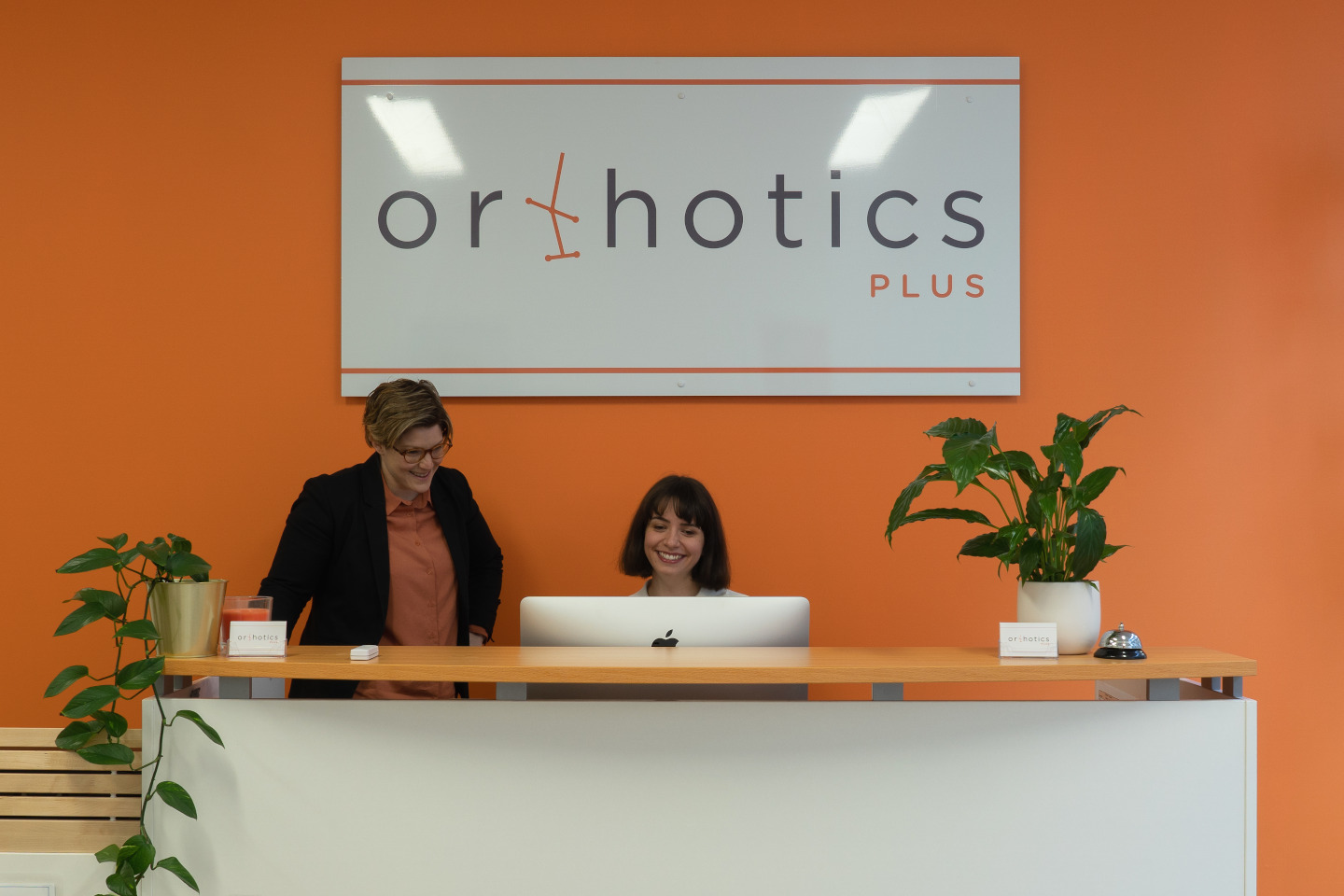
Know Someone Who’d Like to Try an FES?
If so, we’d love to hear from you. Please note that:
- Orthotics Plus has multiple locations throughout Melbourne
- Our patients have choice and control
- Your goals come first
- We are happy to answer any questions over the phone prior to committing for an appointment
To contact us, please use one of the buttons below.